It was a lovely clear autumn day when I arrived Niš by the “Niš Ekspres” red bus from Sofia, to start my Serbia tour.
Like in many recent trips, I did not research much before, but rather preferred to let Niš reveal itself slowly but surely. Coming without expectations is always good, but arriving to a pleasant town, with vibrant street life and human-scale street design is always a great welcome! Two things immediately give a good feeling on the street: flower sellers
With lots of peppers! A Balkan trademark
It didn’t take long to understand that Niš is located on a strategic location. Nowadays it’s a short distance to Cosovo, Greece, North Macedonia, Bulgaria…
But Niš has long been known a crossroads between east and west and was even nicknamed “The Emperor’s City” as it played a significant role in the history of the Roman and Byzantine Empires. The Roman Emperor Constantine the Great was born in “Naissus” (the ancient name of Niš).
I went to the National Museum of Niš to learn more. It provides a fascinating glimpse into the rich history of the region, where you can see relics like these ones from the Neolithic period (5th-4th millennium BC)
But the truly surprising relic of Niš is related to the Ottoman Empire and located inside this innocent looking chapel.
It was erected in 1809 by the Ottomans following the Battle of Čegar, from the skulls of Serbian rebels who died in the battle. It originally contained 952 skulls on four sides of the 4.5 meters high tower. The chapel was built around the tower in 1892, after the withdrawal of the Ottomans from Niš. Thus, a horrific Ottoman idea to intimidate was turned into a memorial for Serb courage.
Niš Fortress is yet another Ottoman contribution to the city. The fortifications are from the early decades of the 18th century, and were established on earlier fortifications from Roman, Byzantine, and Medieval periods.
Adding to the multicultural nature of Niš, Jews arrived here from the 17th century. The community included several hundreds of people. The Synagogue building in Davidova Street was built in the 1920s in an interesting modernist style. It was abandoned for many years, but was recently renovated and serves as a versatile cultural center.
Niš city center reveals a nice collection of modernist buildings, some with fine geometric horizontal elements and an interesting usage of colors.
A bit further away from the central square, high rise brutalist buildings can be found
For the full Niš modernist gallery, click here.
Older buildings are still scattered here and there, with pleasant facades
In 1941, During World War II, the Nazis established the “Crveni Krst” concentration camp in Niš. (It was named after a “Red Cross” facility that was situated nearby).
More than 35,000 inmates were held at the camp – Serbs, Jews and Romanis. An estimated 10,000 of them were killed, many of them in Bubanj Hill.The barracks were turned into a museum, in which one of the most terrifying objects presented are bowties: Before shooting them, the Germans ordered the detainees to take off their clothes. Clothing items were handed to gravediggers and Roma people, and one of them donated bowties that belonged to unknown Jews from the camp, who were shot at Bubanj Hill during the mass shootings of February 1942.
Serbia is leading in innovative modernist architecture, with some pretty impressive brutalist buildings. But it seems that truly unique designs can be found not in buildings, but rather in inspiring monuments. Scattered across Serbia, some truly impressive structures commemorate troubled times of this Balkan realm. And here in Niš, it is definitely Bubanj Hill that catches the attention.
I reached the hill exactly at sunset time, when the three fist-like structures were painted light orange. But the warm sun and the charming trees were no relief to the uneasy thoughts about what happened here in World War II, when the hill was turned into a death zone, where more than 10,000 people were executed here by the Nazis.
The memorial park serves also as a playground for families. Eventually, life goes on.
On the way back to the city, it was interesting to pass through some neighborhoods with private houses built on the hill slopes
I passed by the old cemetery, which is adjacent to some apartment buildings, creating a strange open space…
Niš seemed a bit sad after sunset.
Is the city dying?
Its advantage might at the same time symbolize its fate: It keeps a real city atmosphere, without the extreme capitalist atmosphere that brings ‘more of the same’ brands and puts them in shiny malls. But being just the third largest city in Serbia is not enough to make it attractive for locals. Average monthly salaries are low as 250 Euros. Youngsters live with roommates or with their parents to survive. Those who can, prefer working abroad. I heard that some people still miss the times of Yugoslavia. Back then, a regular factory worker could save enough to help the parents to build another house and enjoy two annual vacations on the sea shore…
Tour day: (18)-19-(20) September 2018
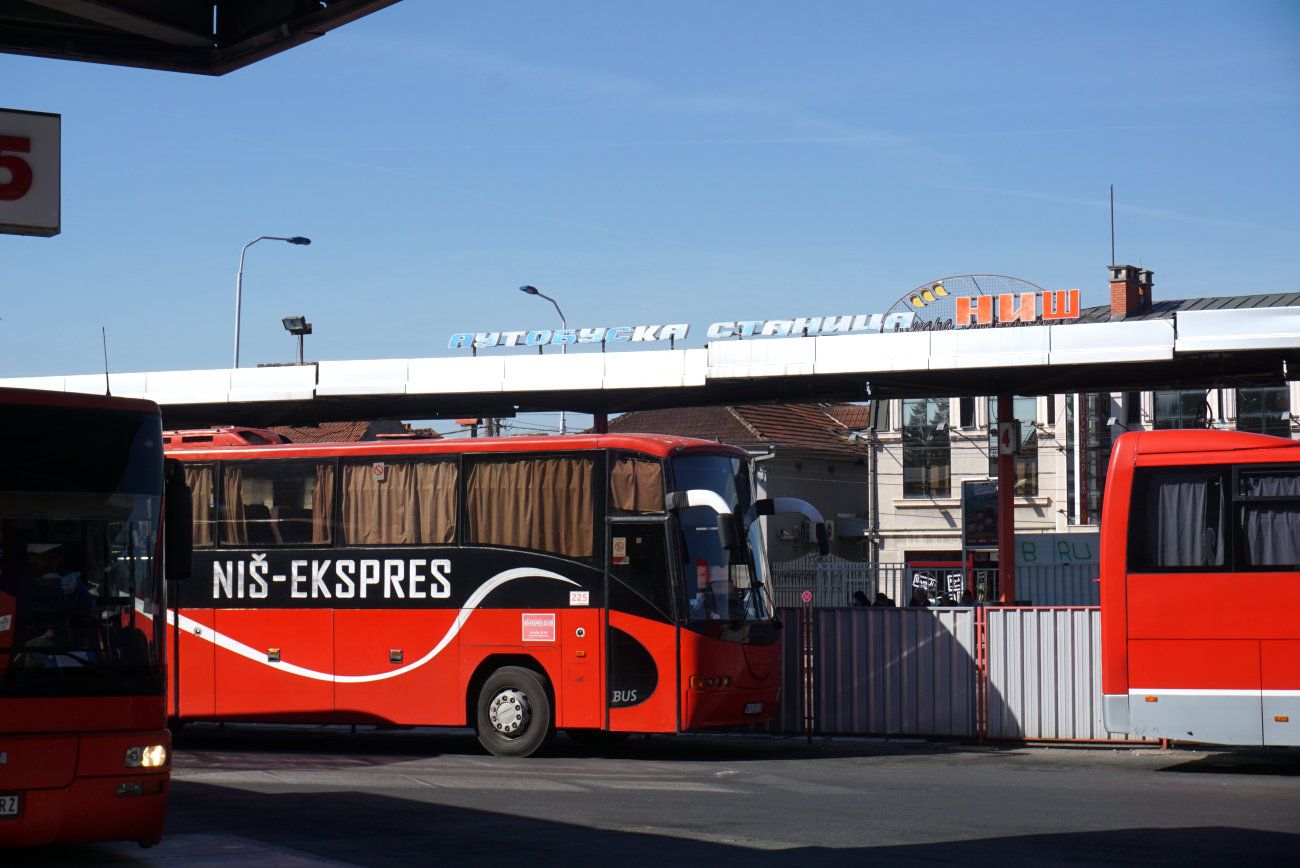

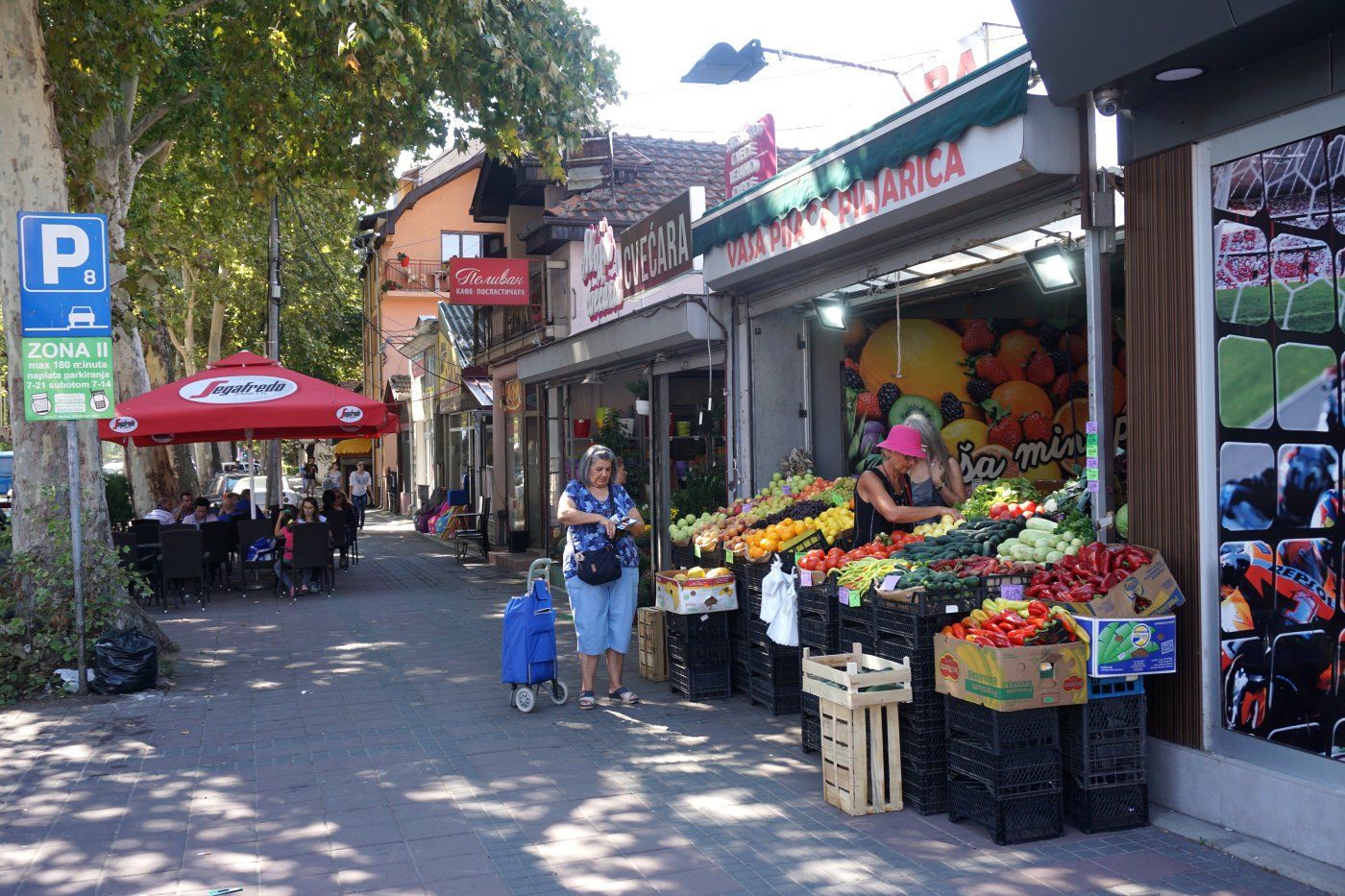
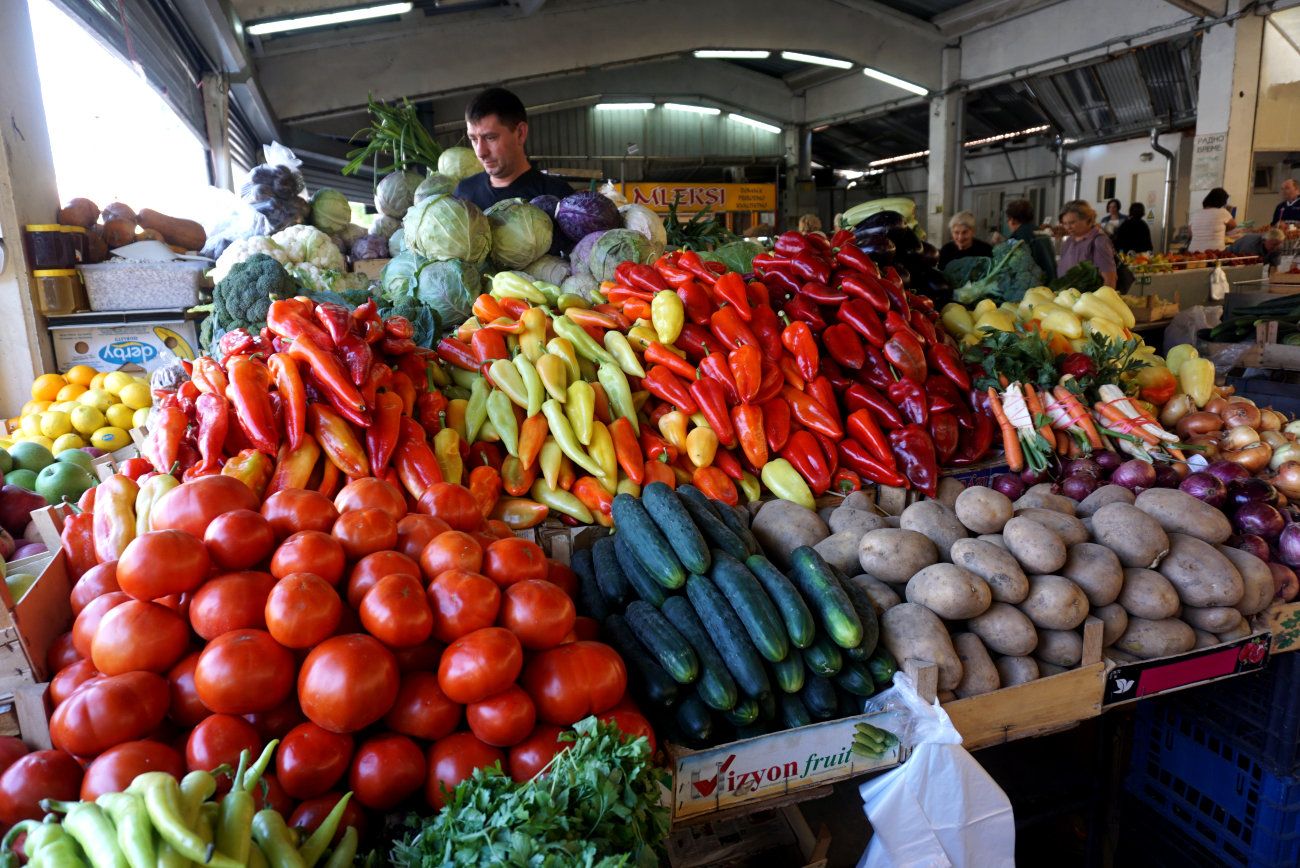
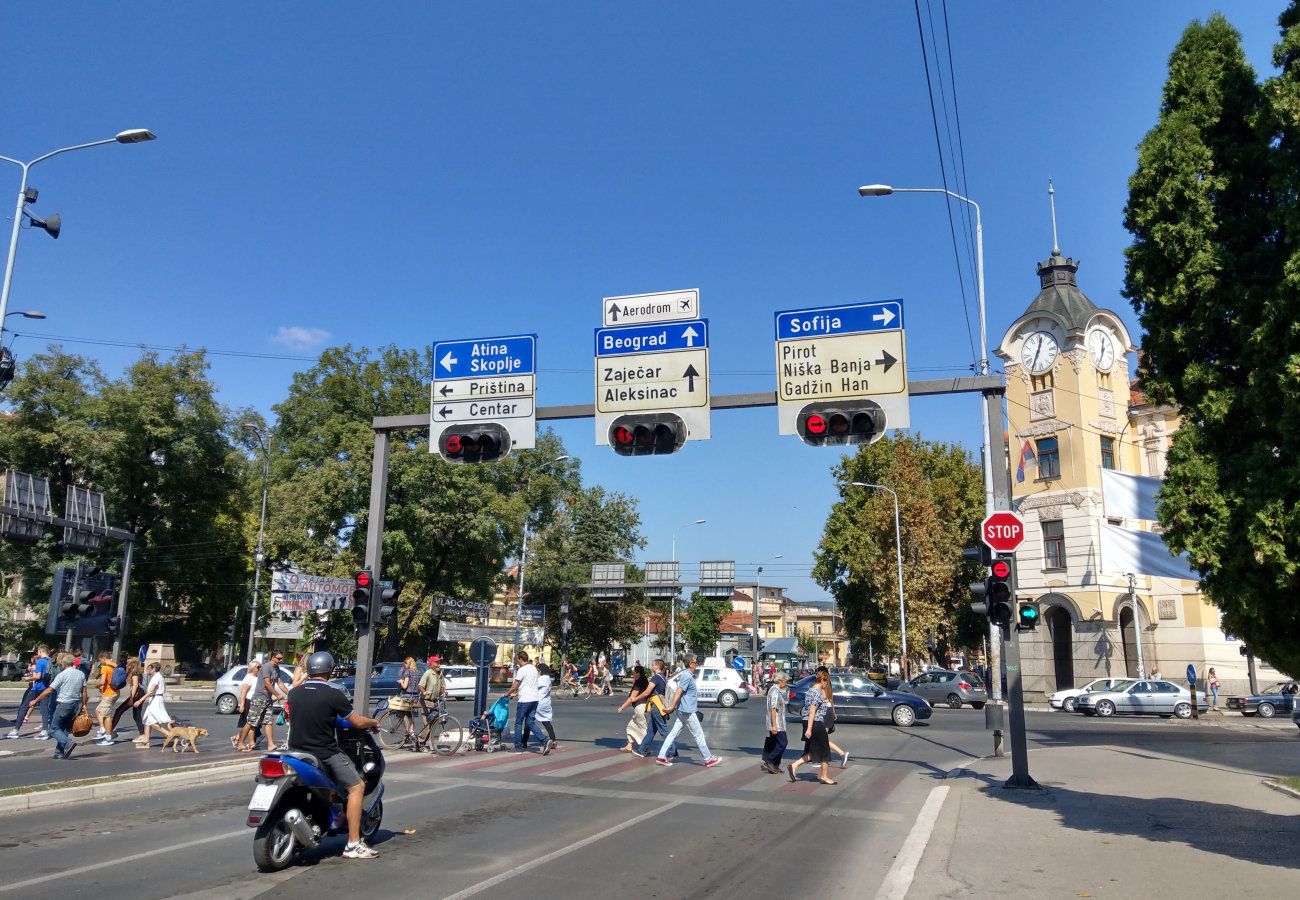
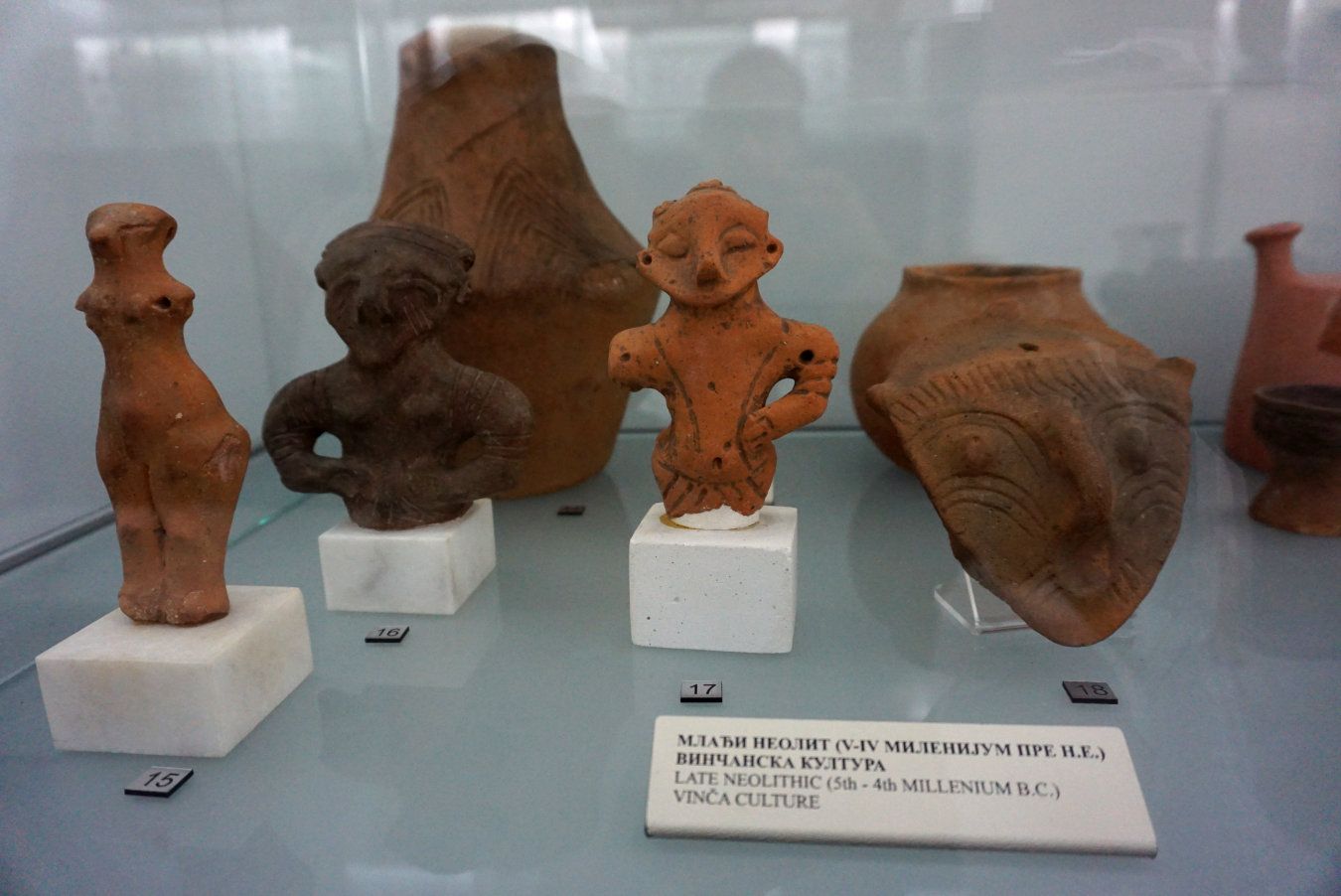
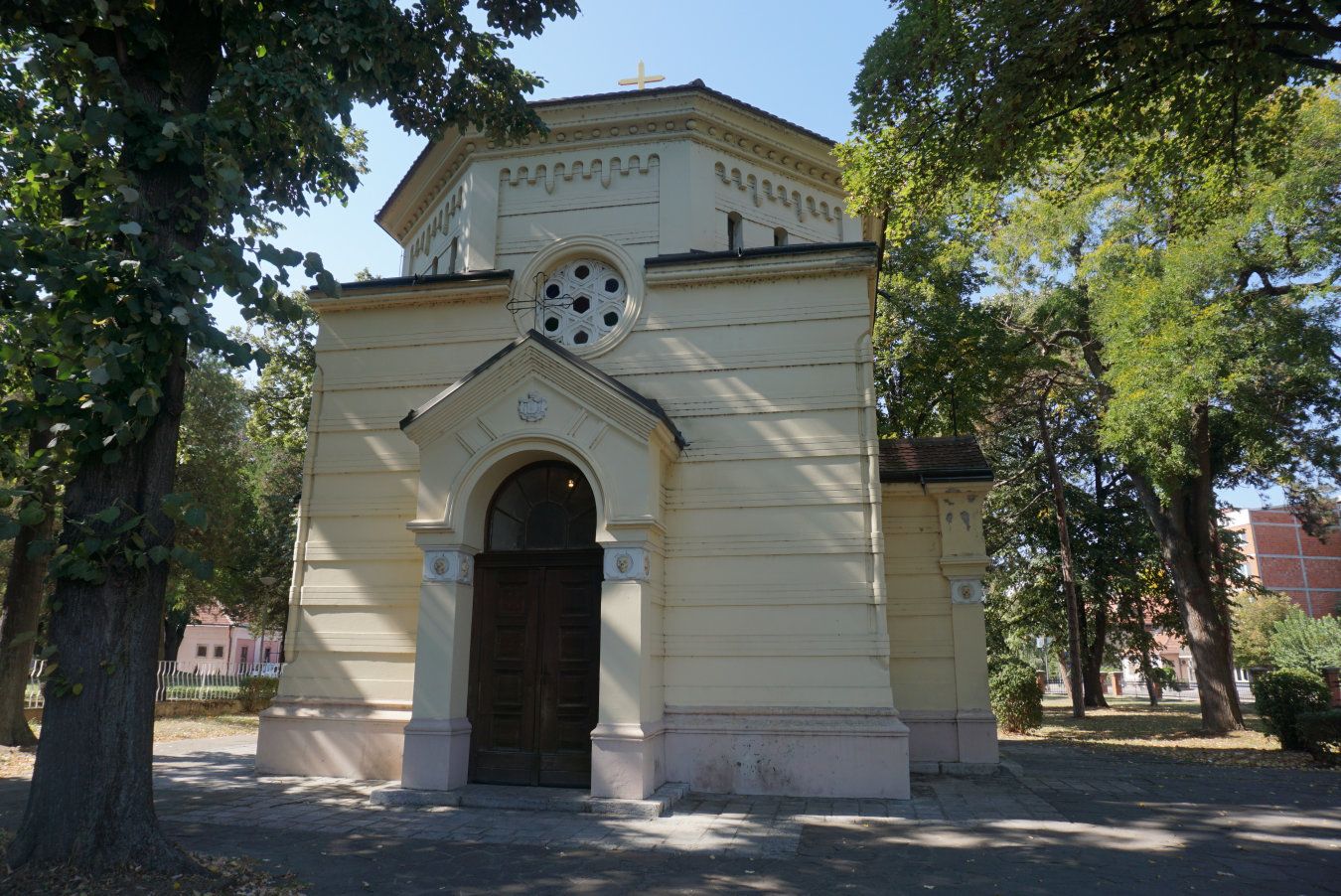
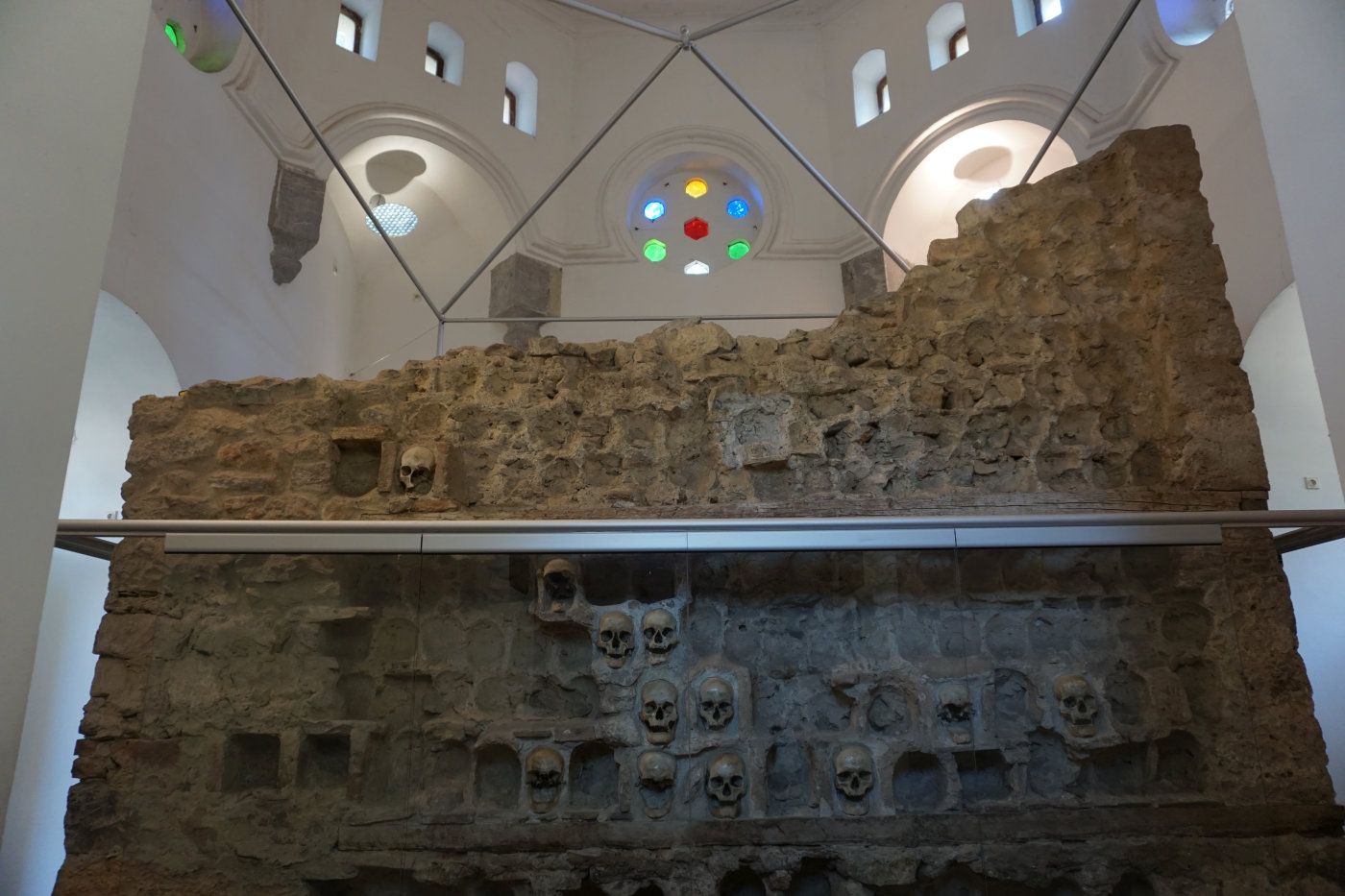
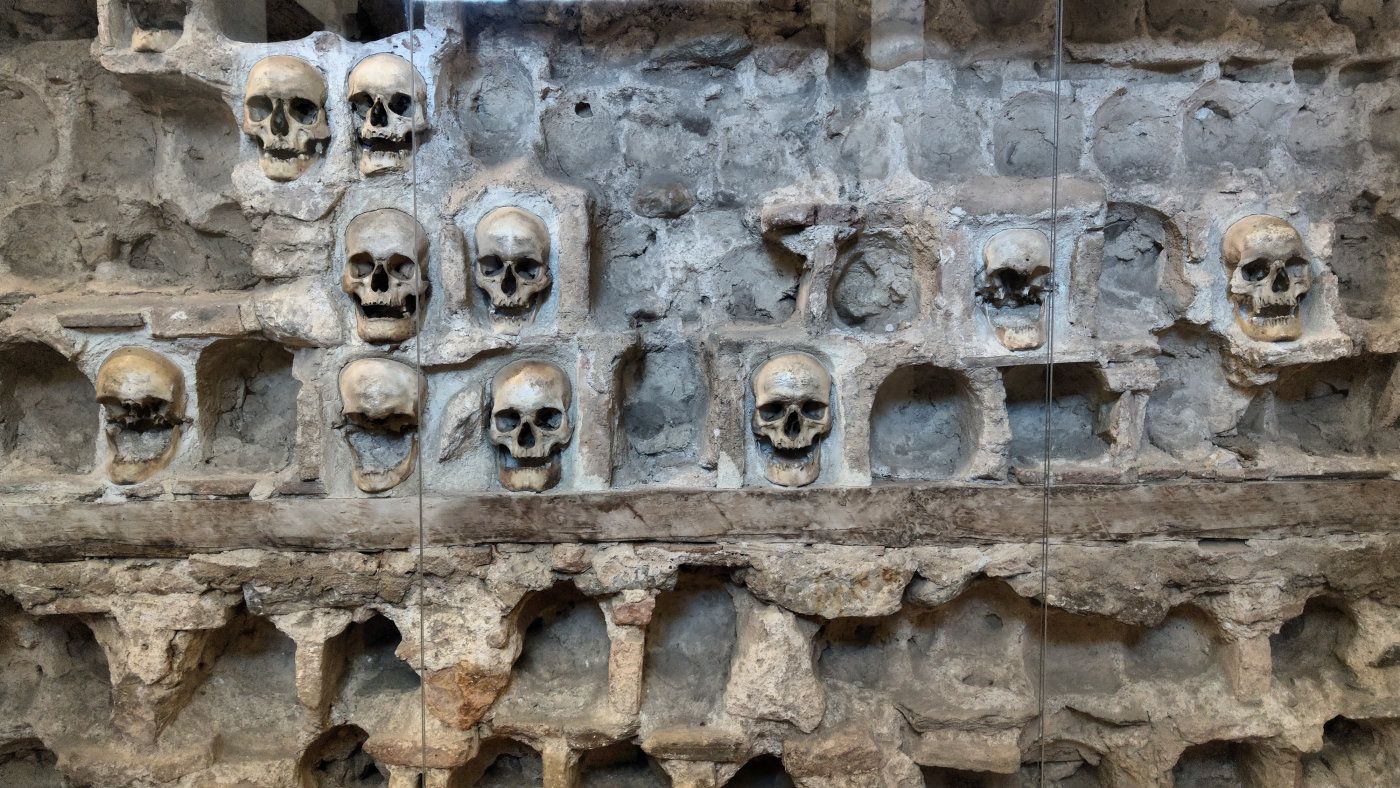

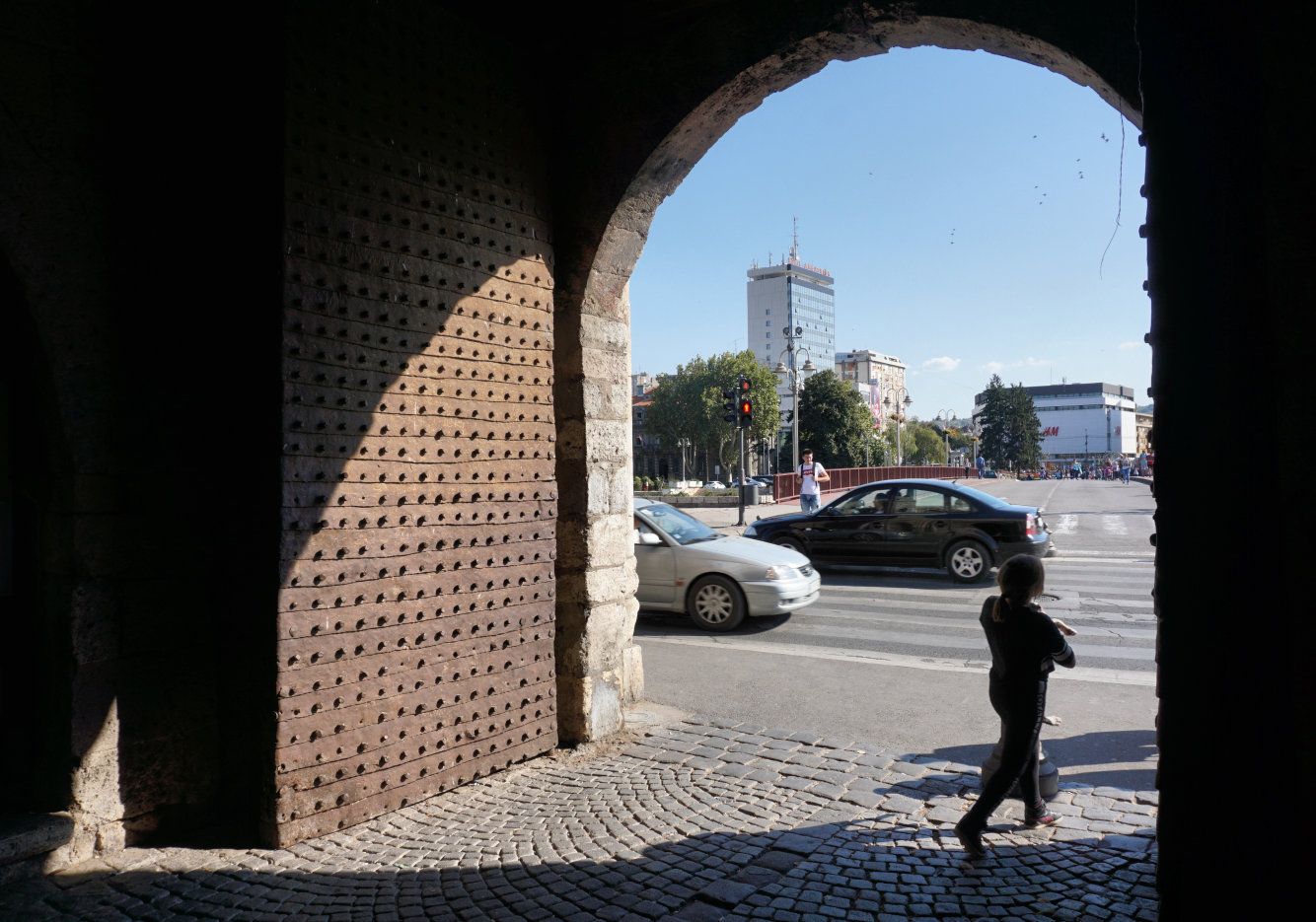
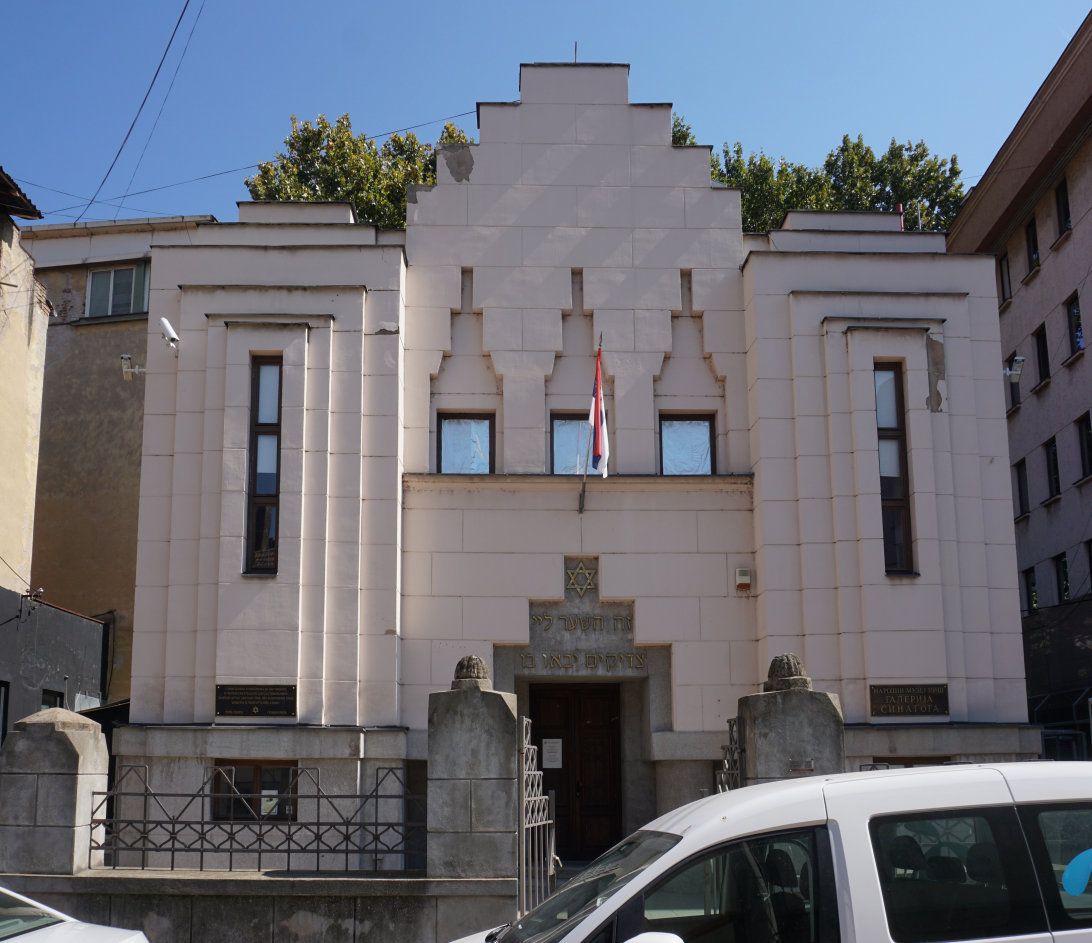
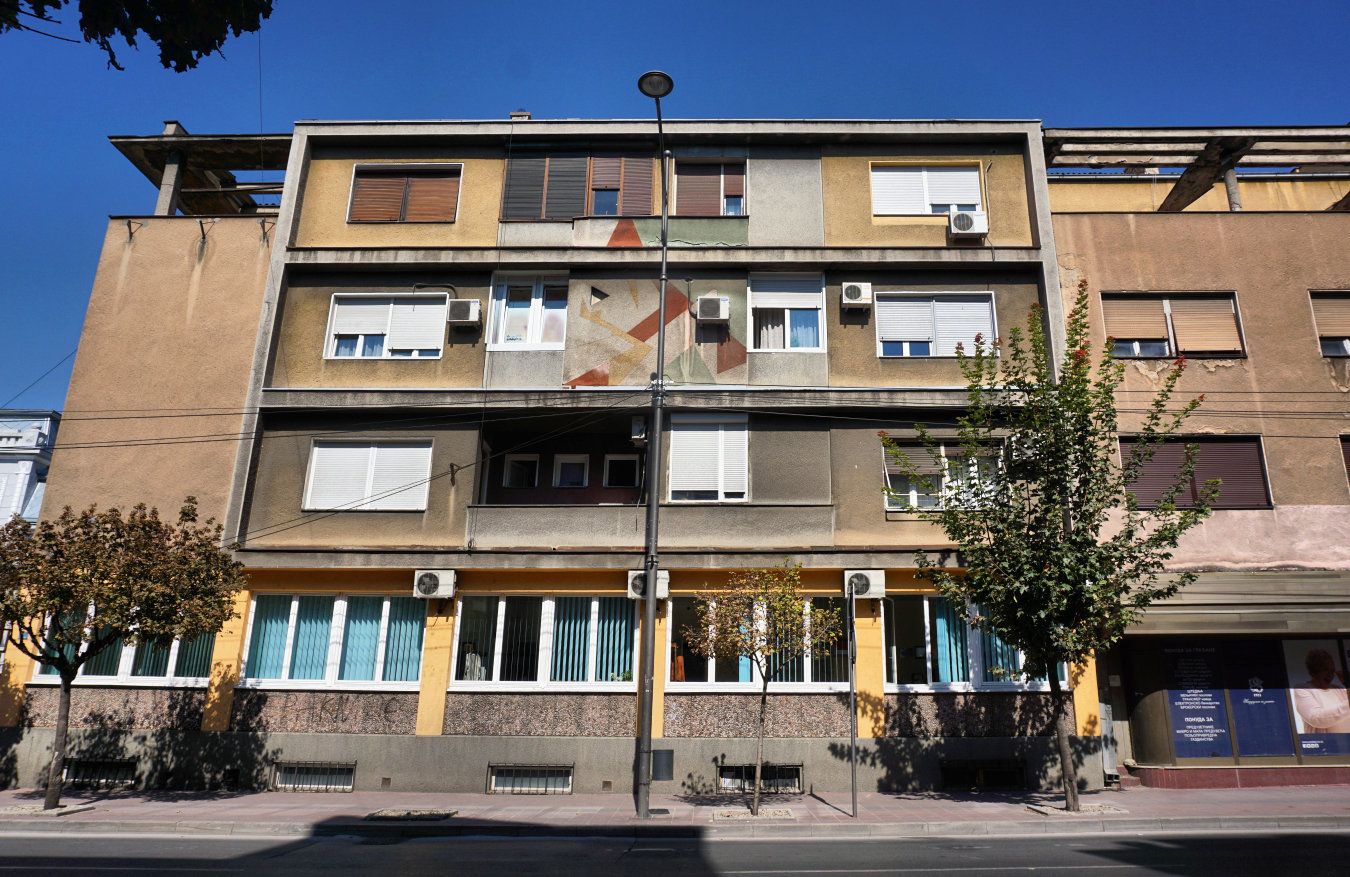
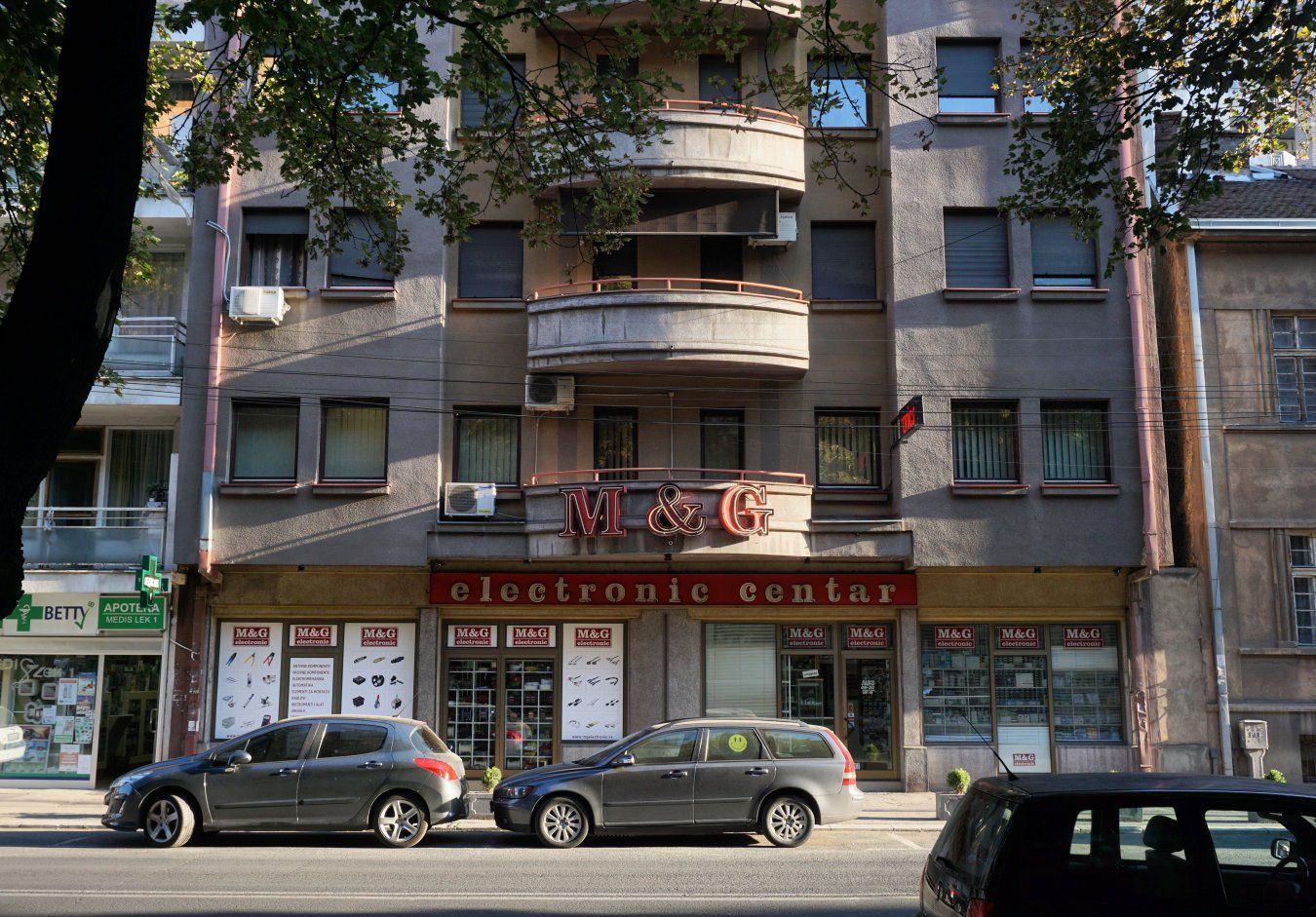

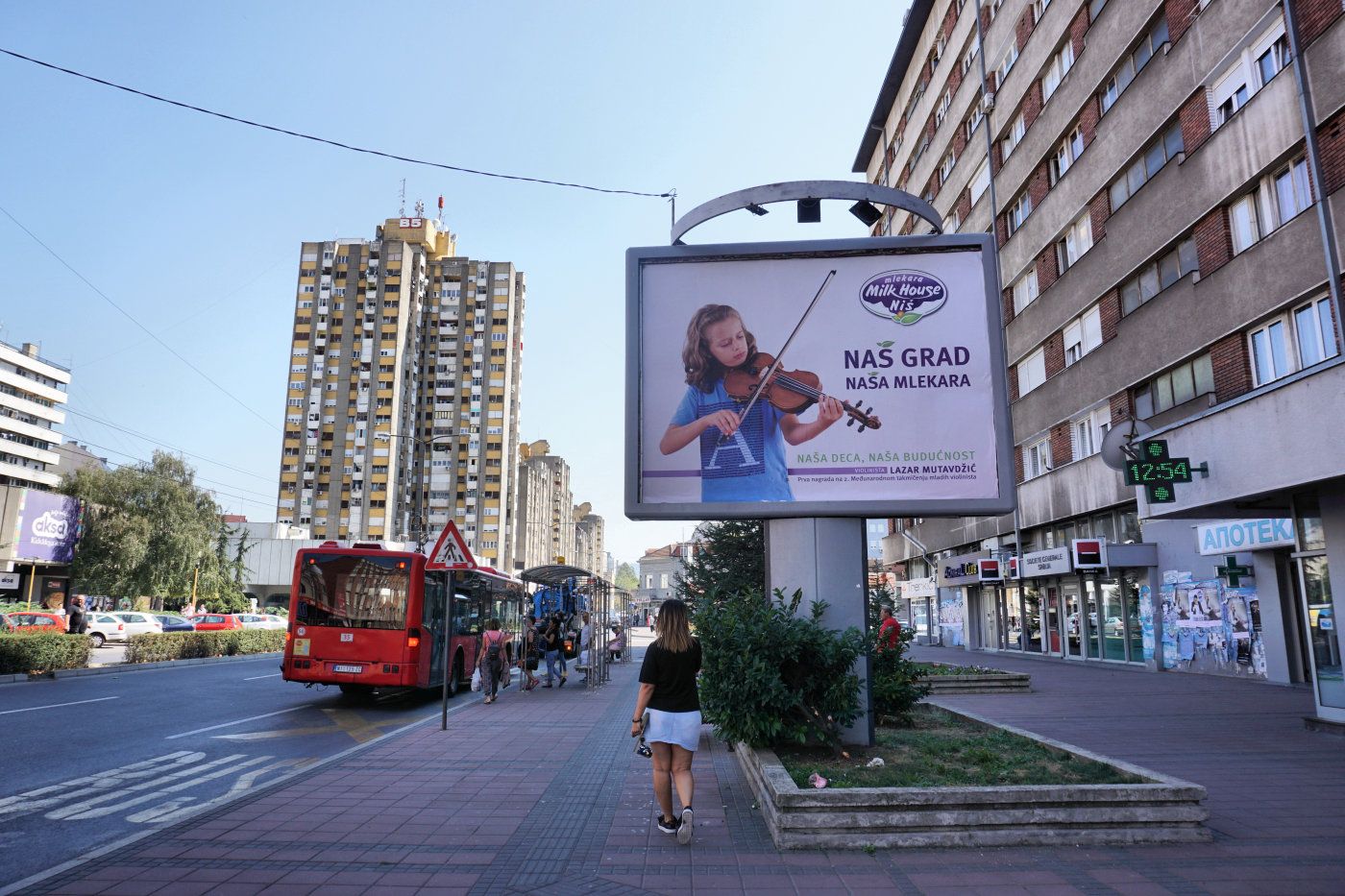

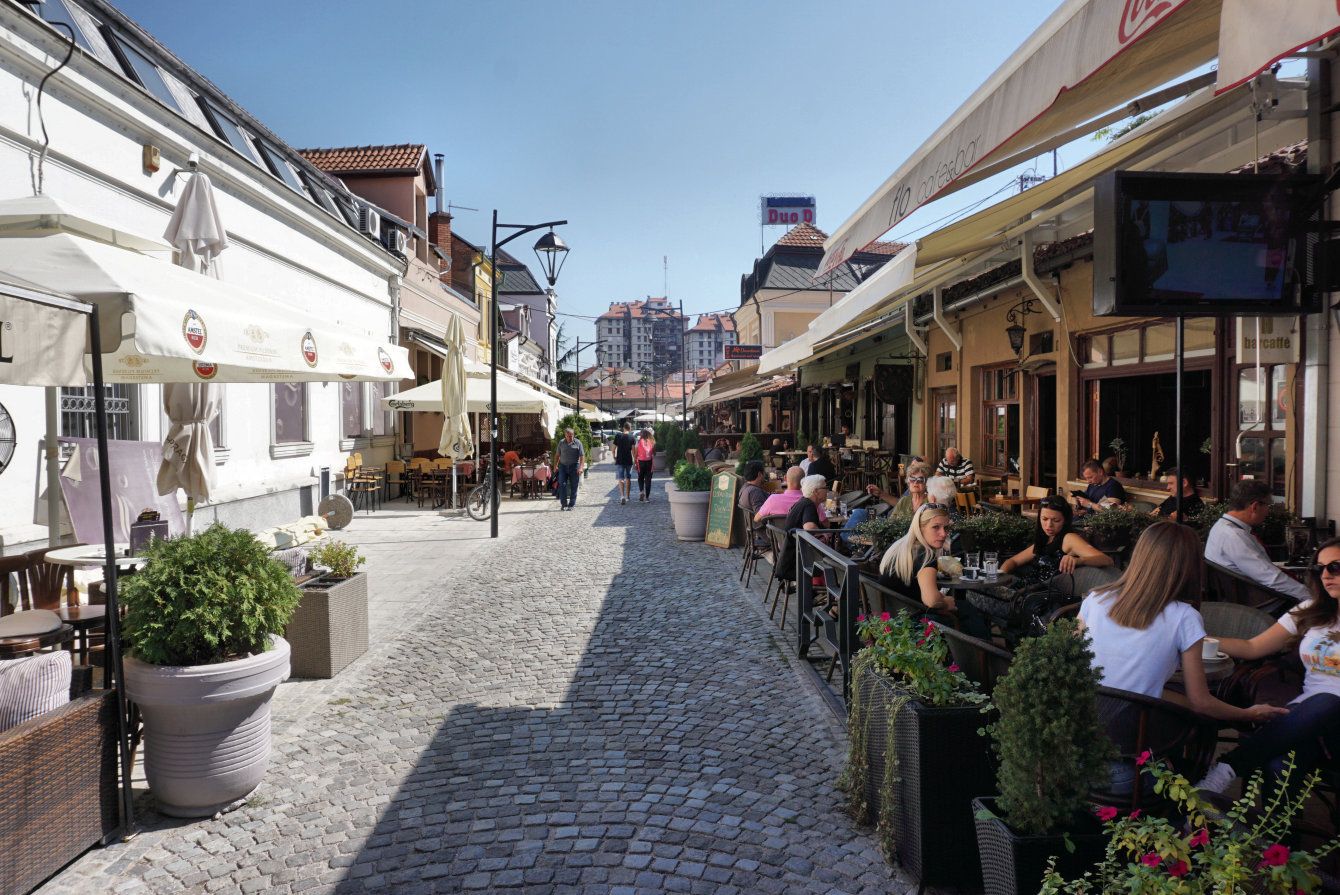

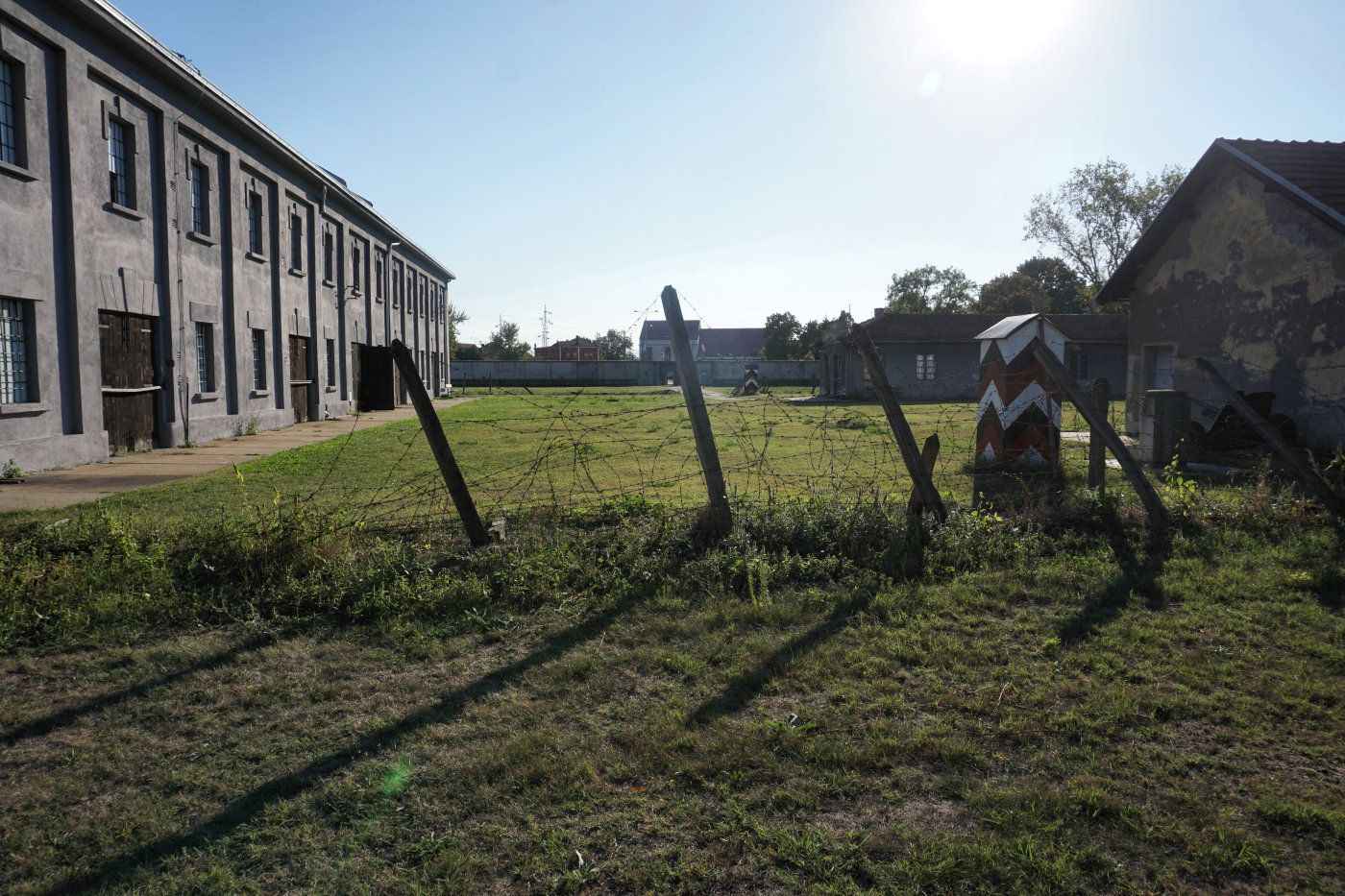
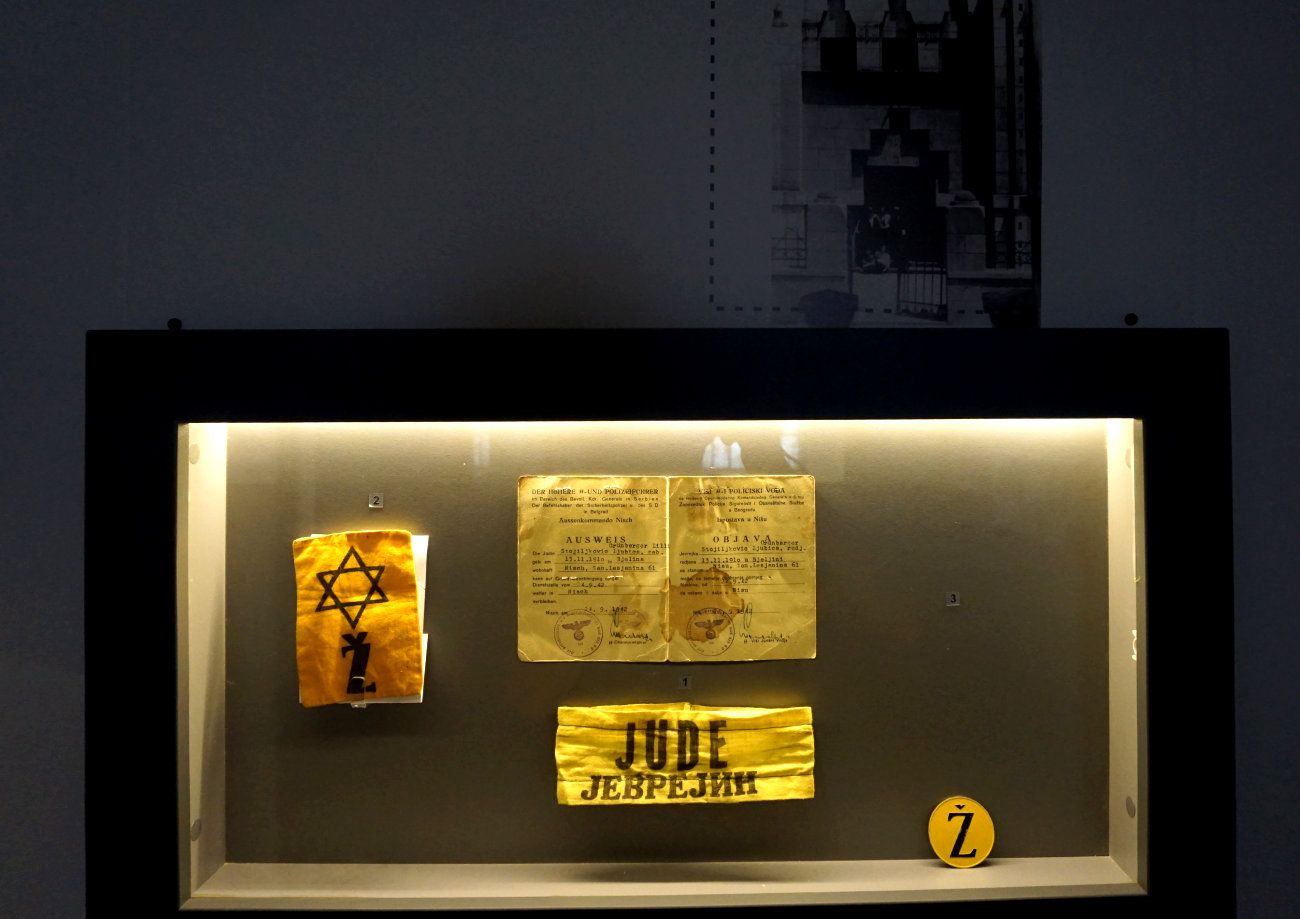
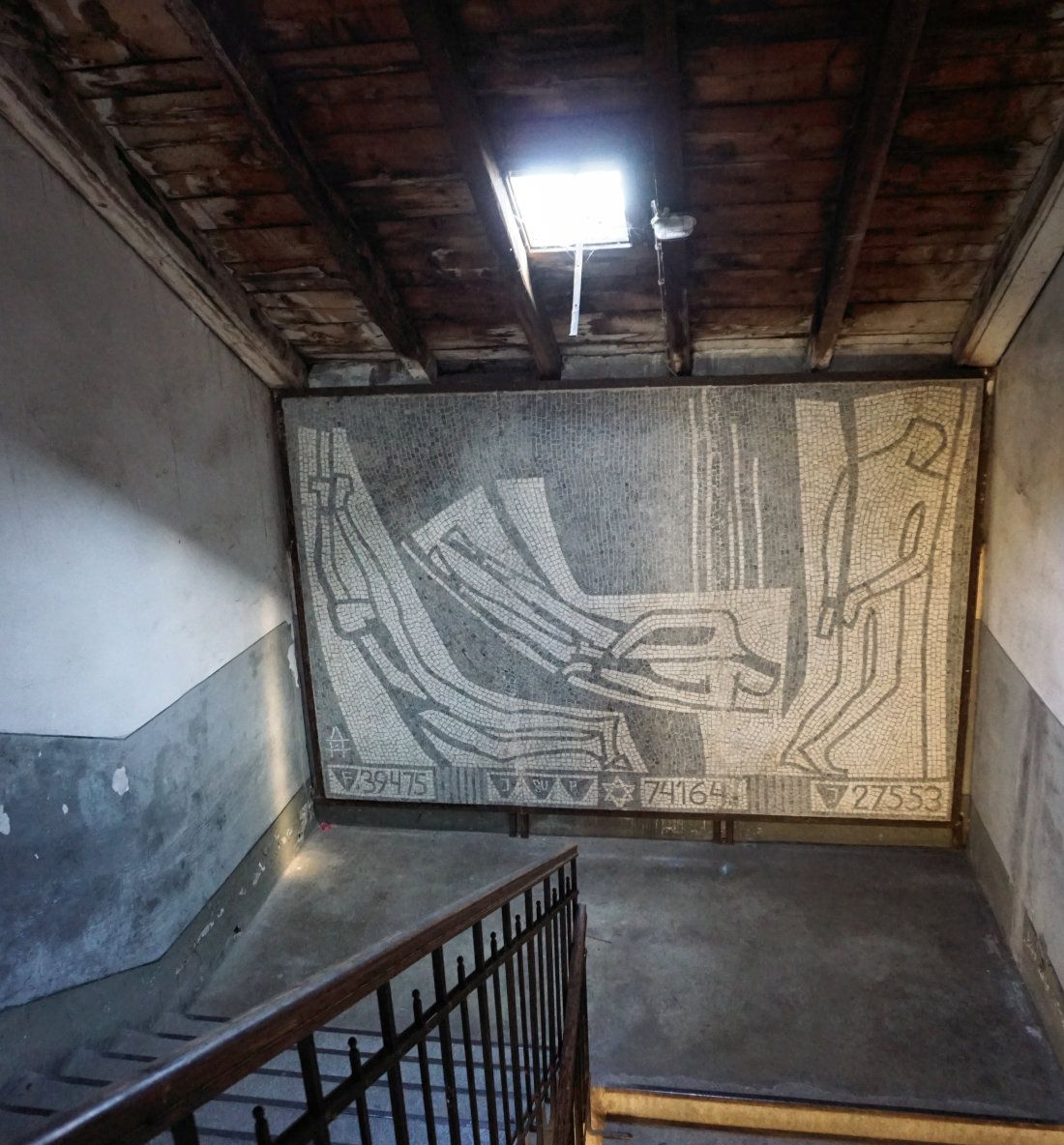
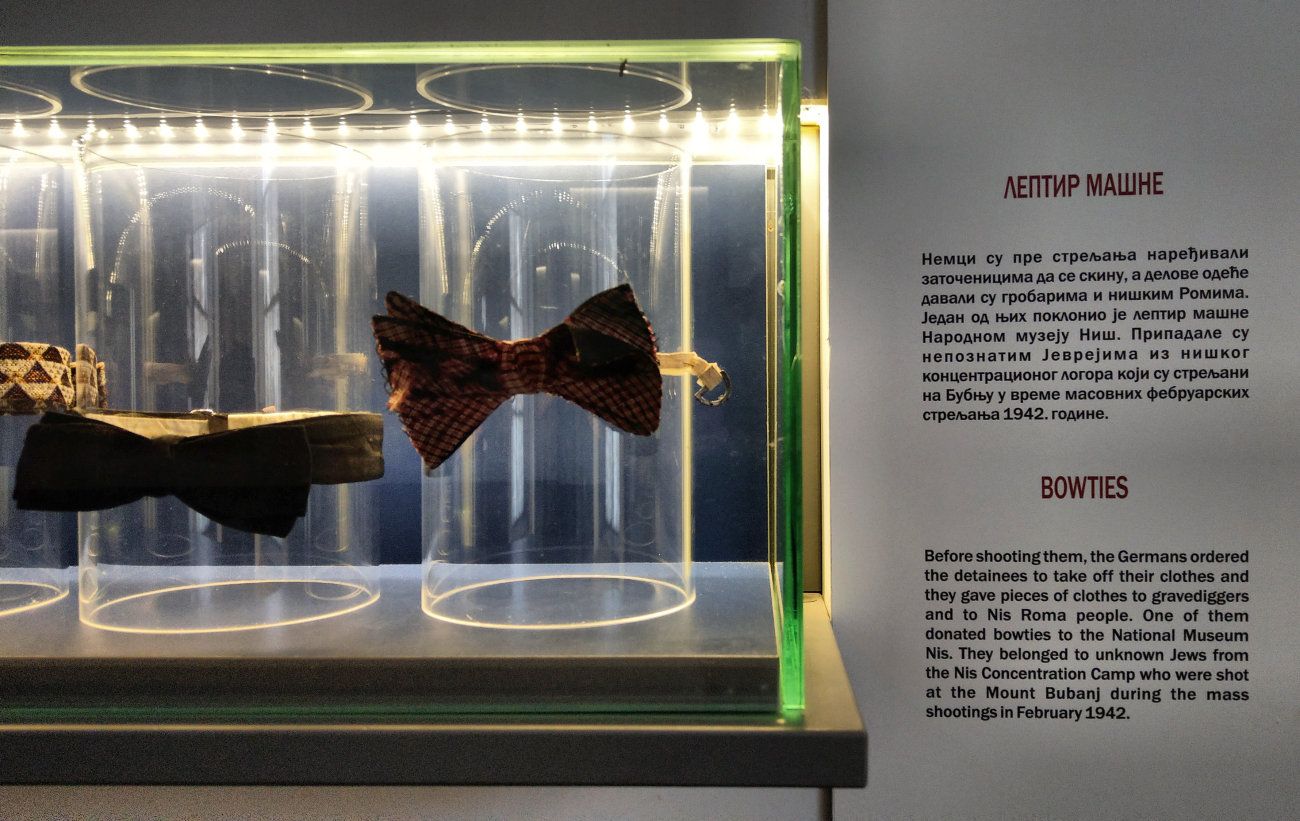
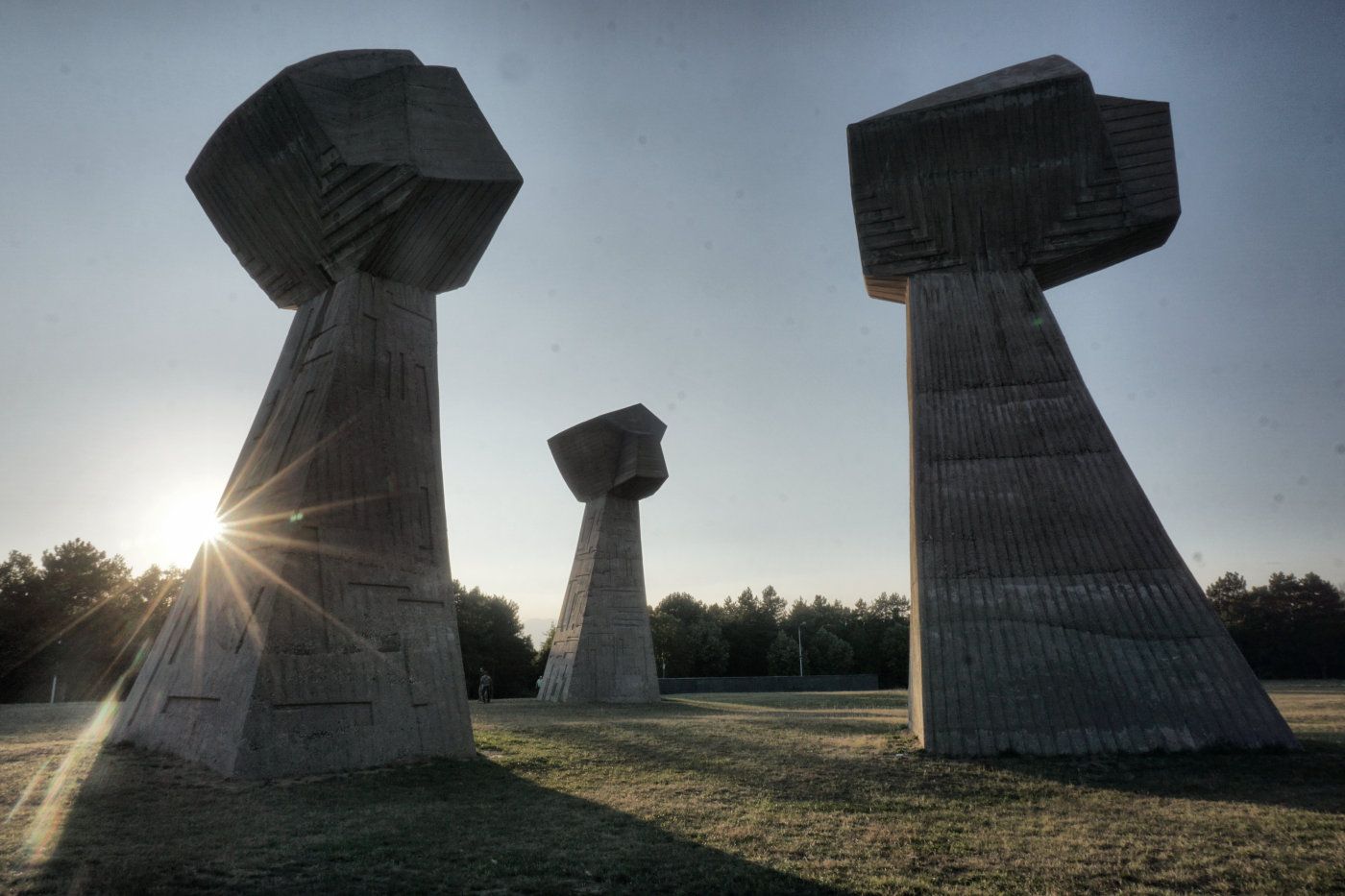
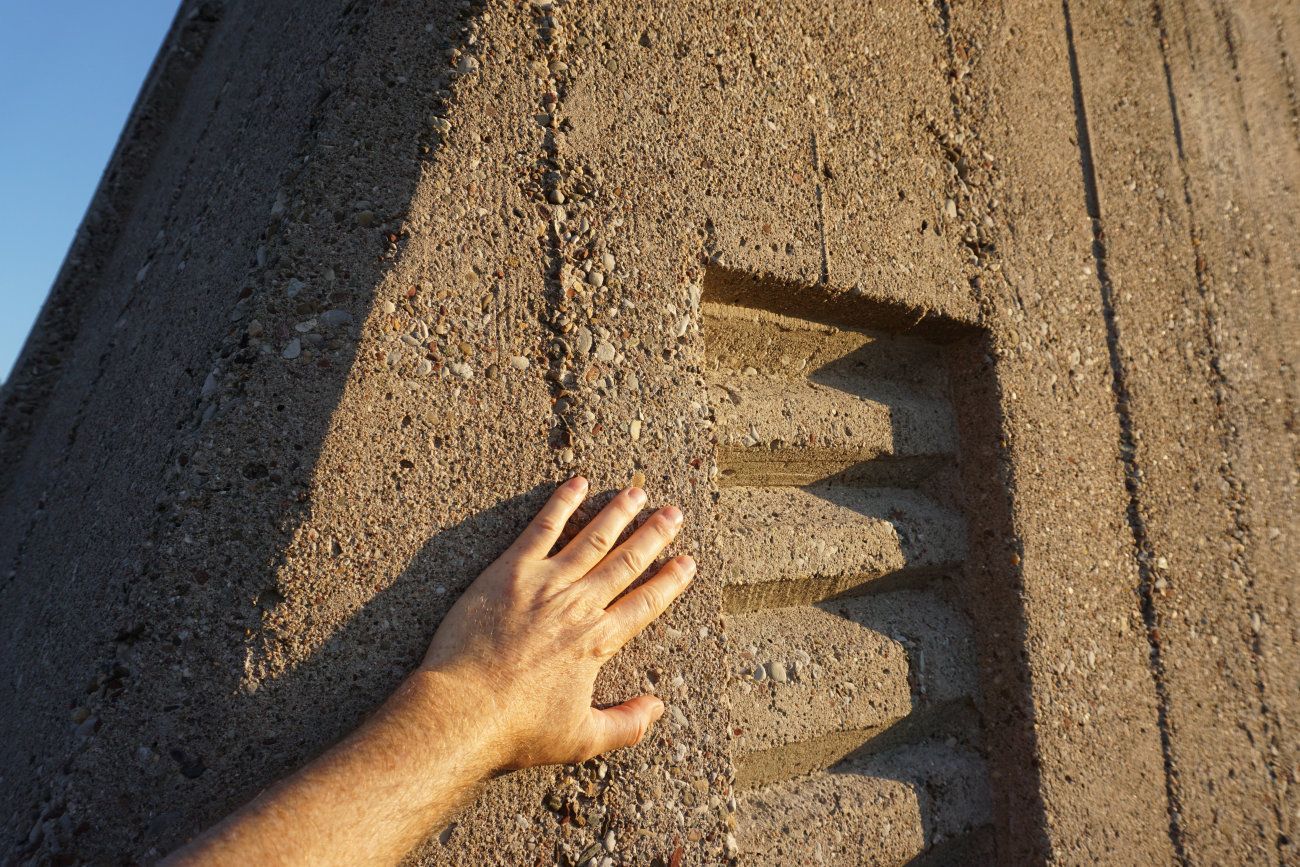
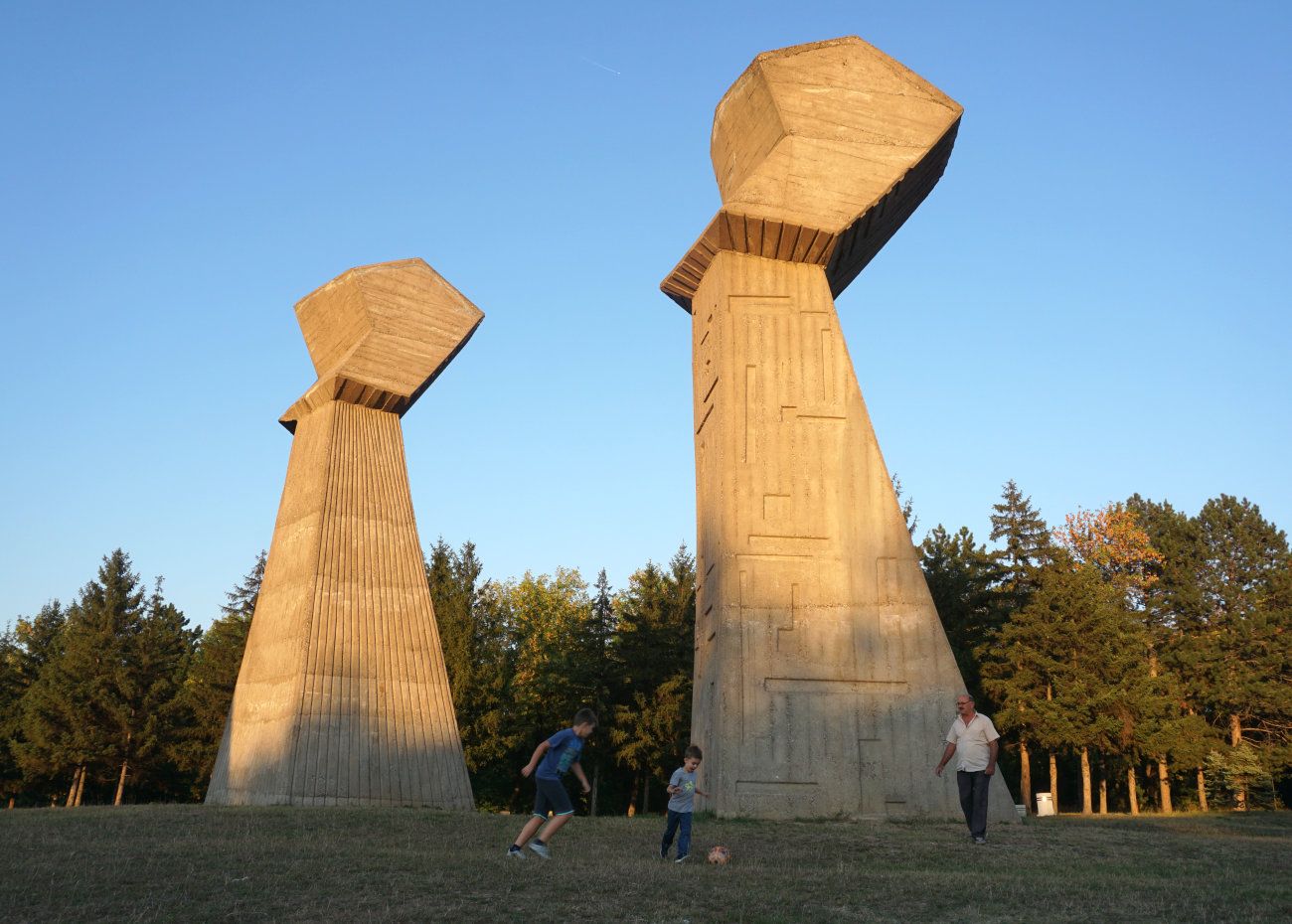
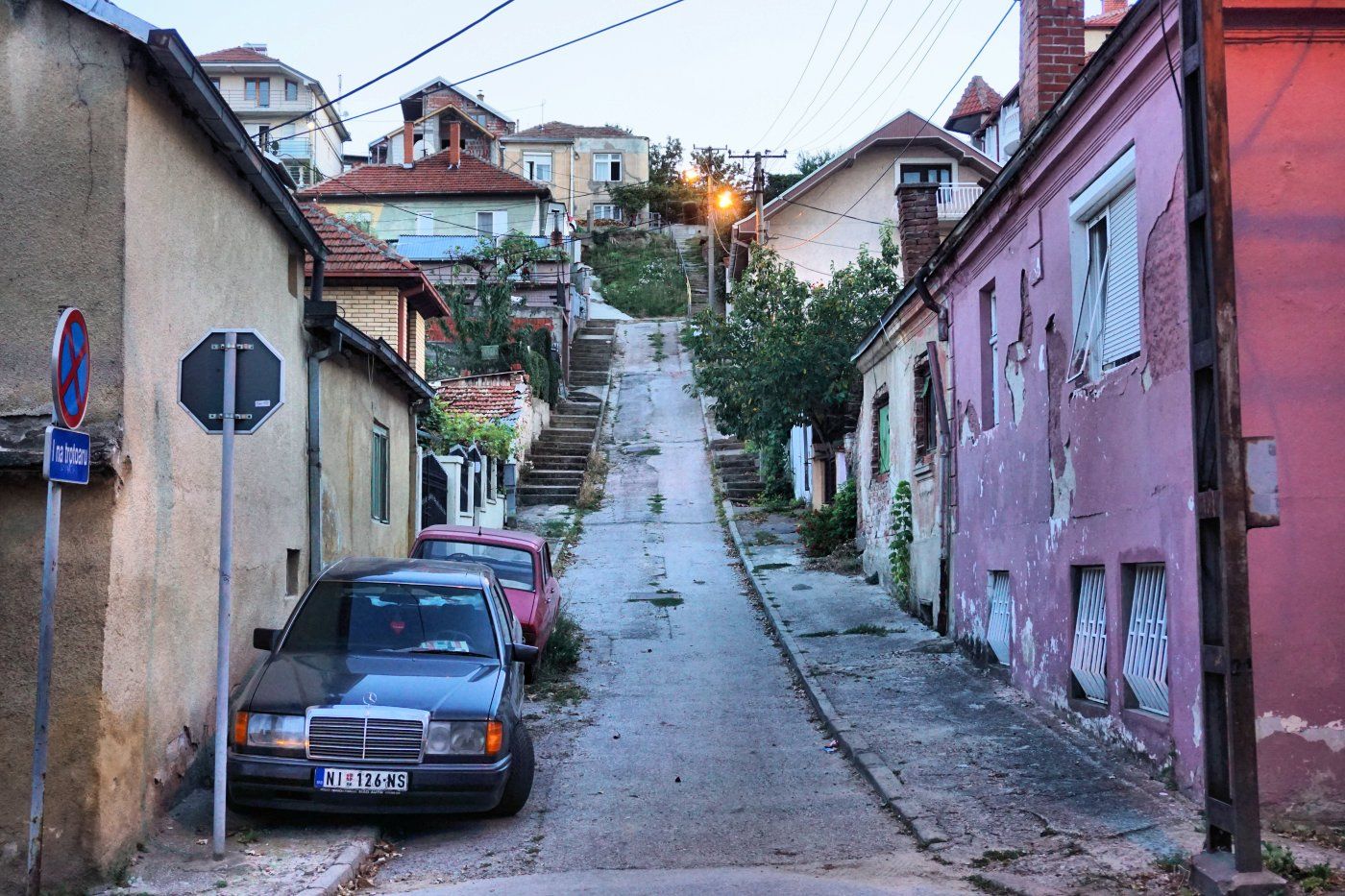
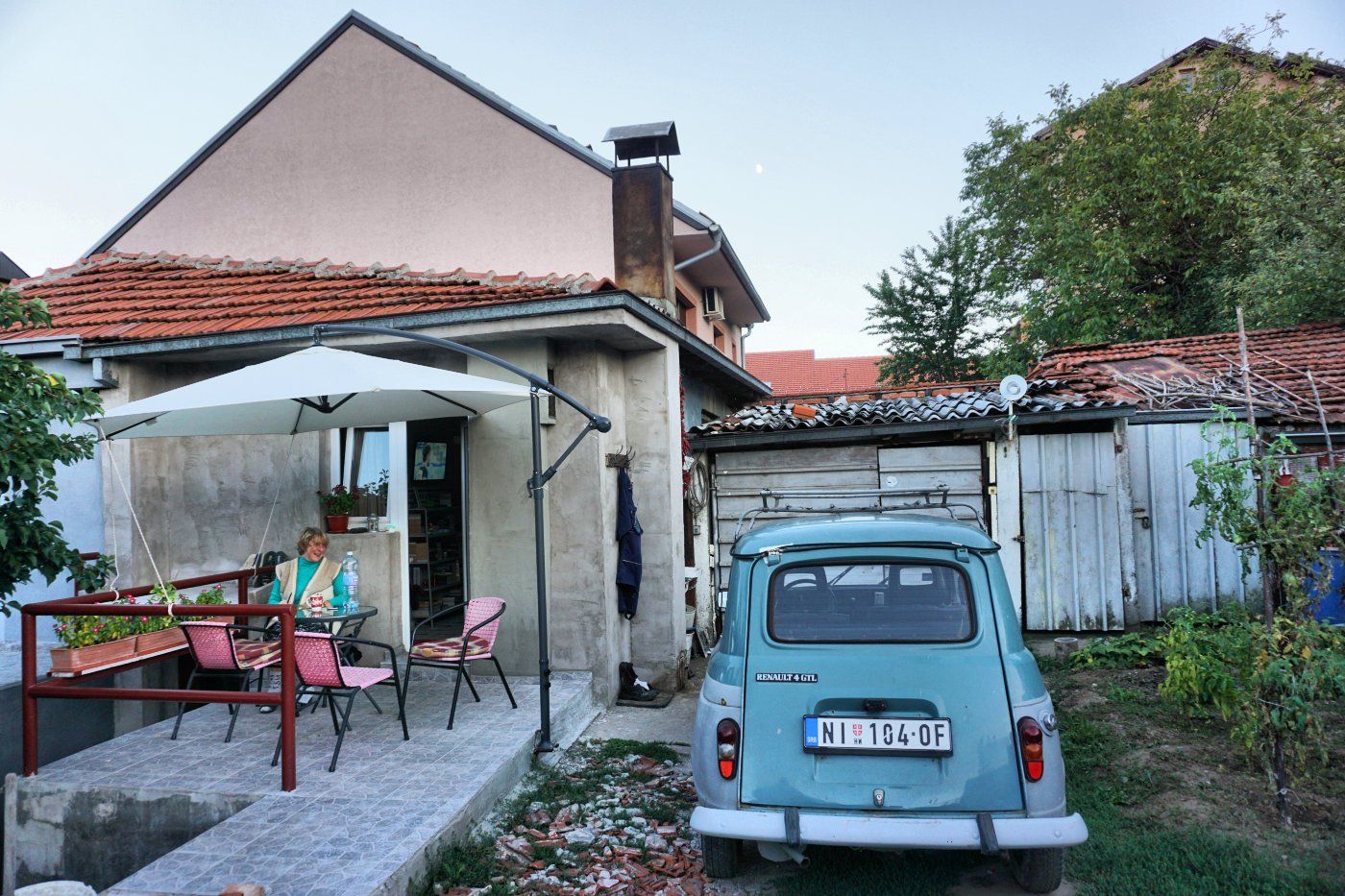
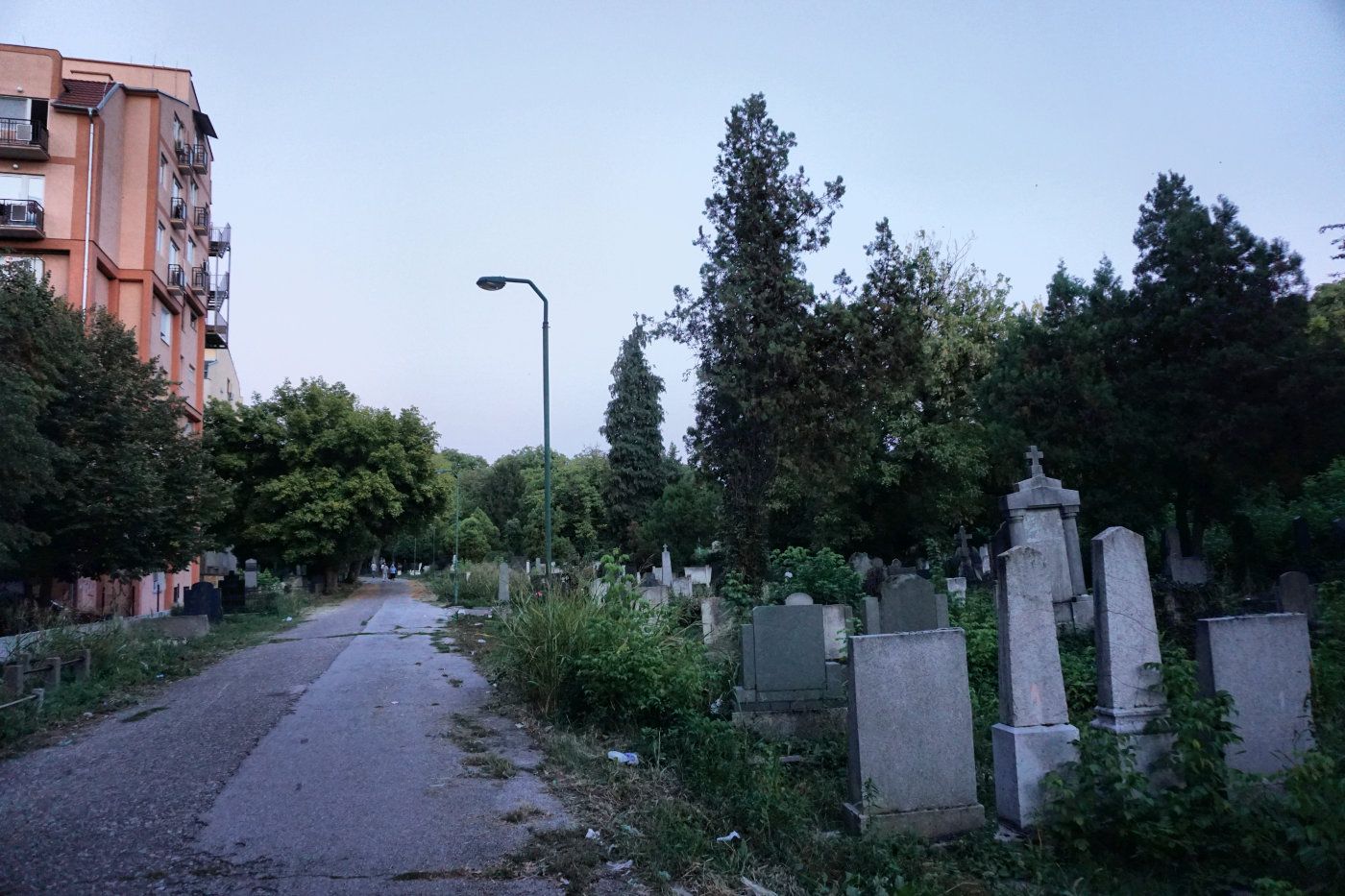
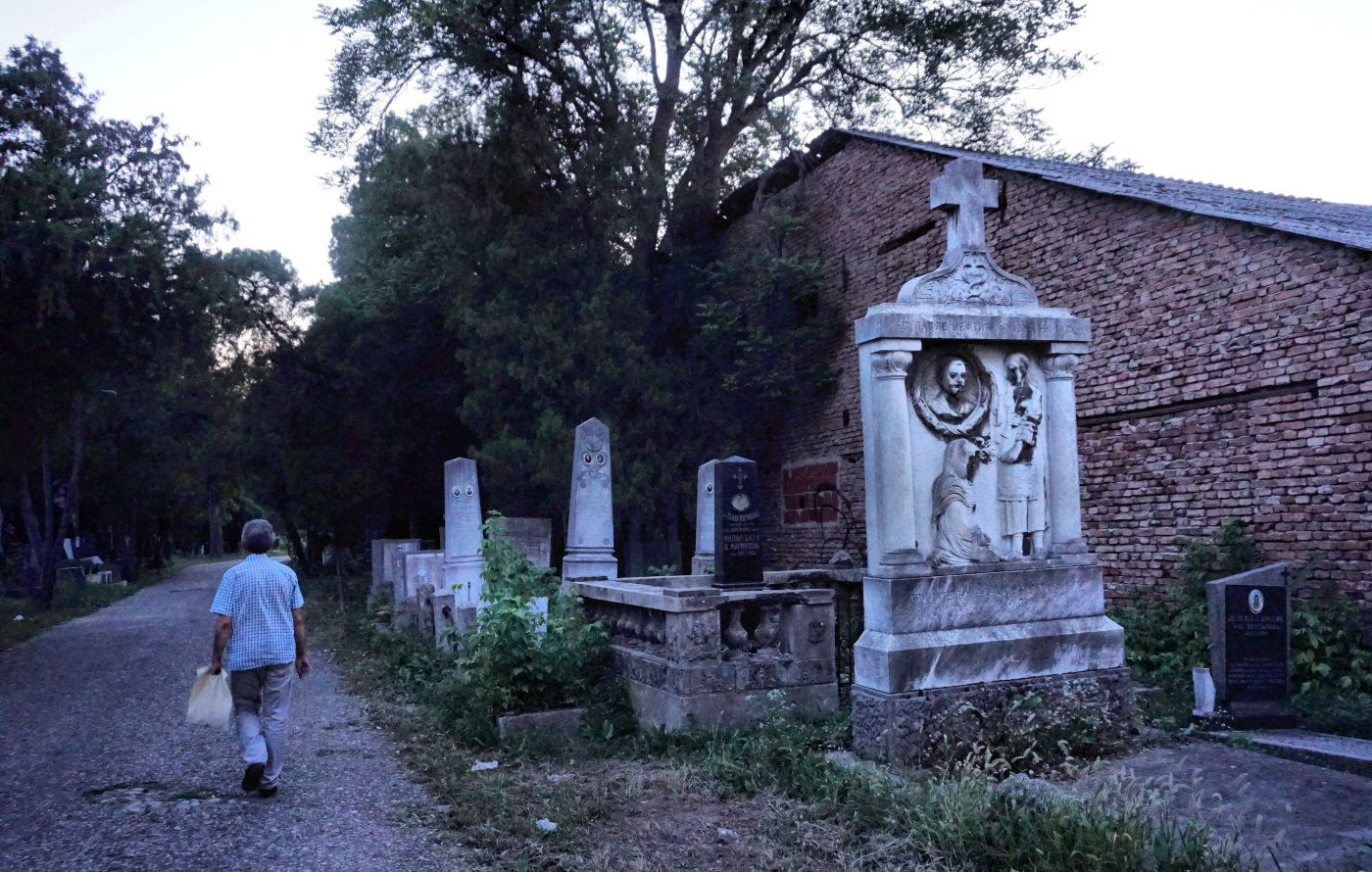

One Response
Oren, Israel
מקסים!